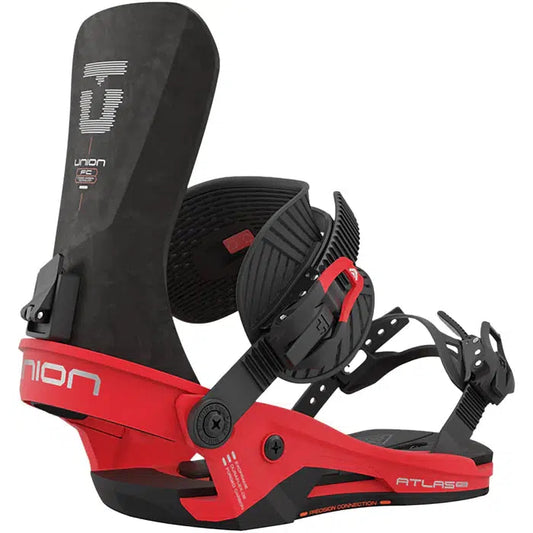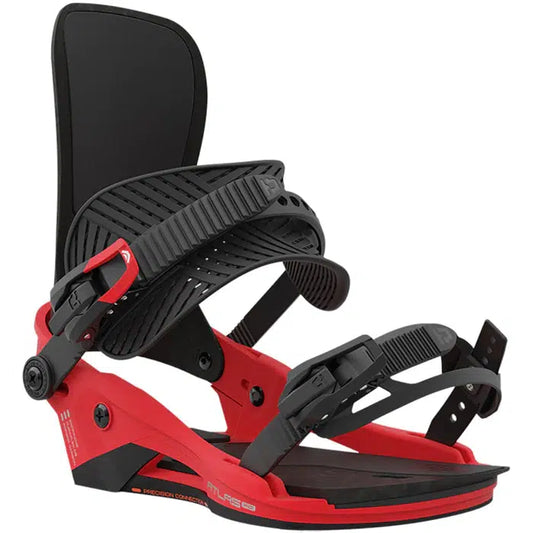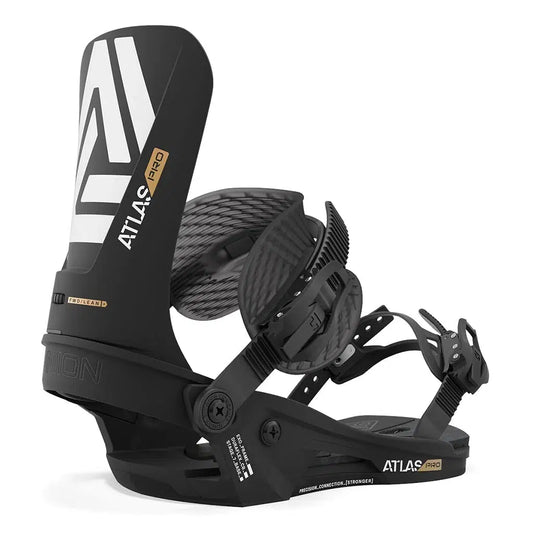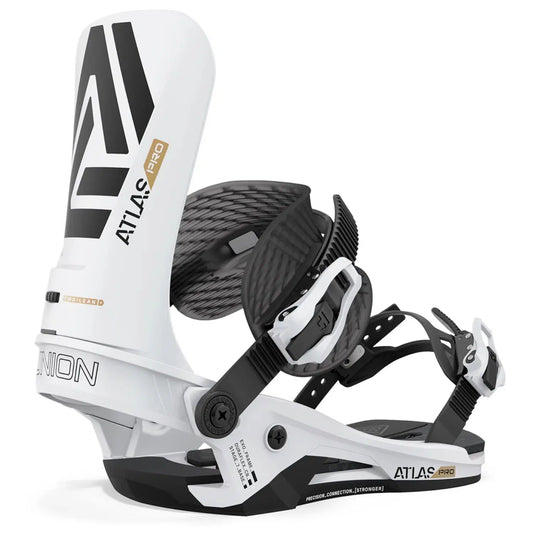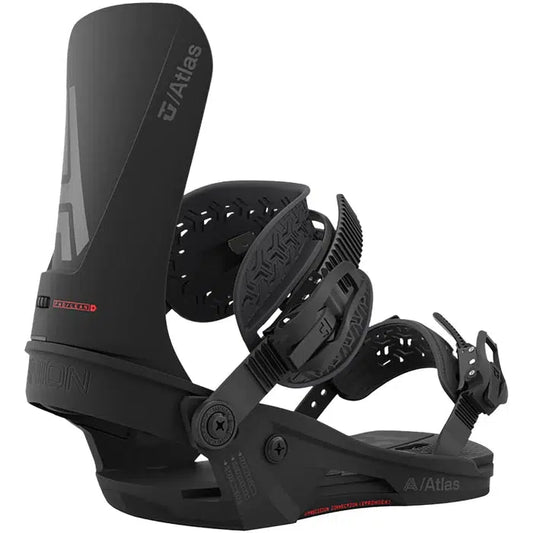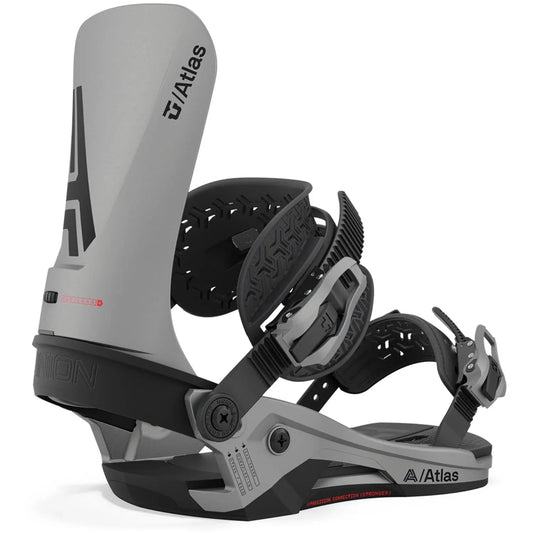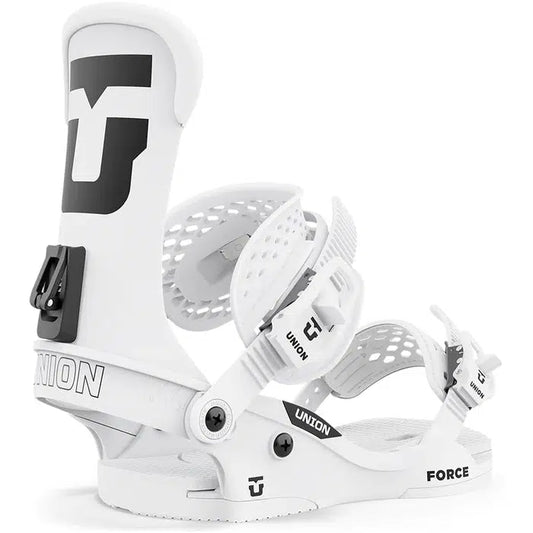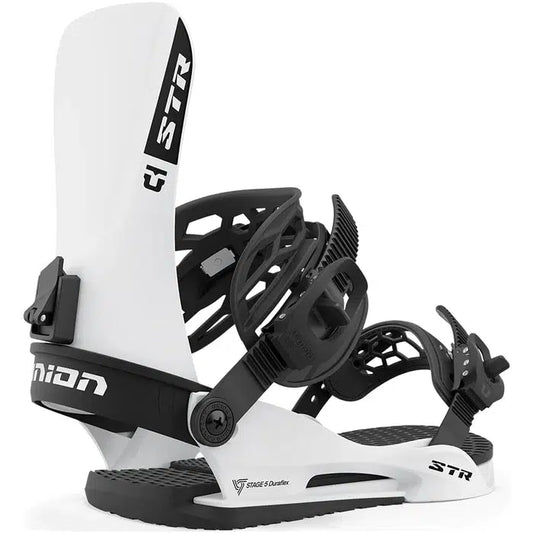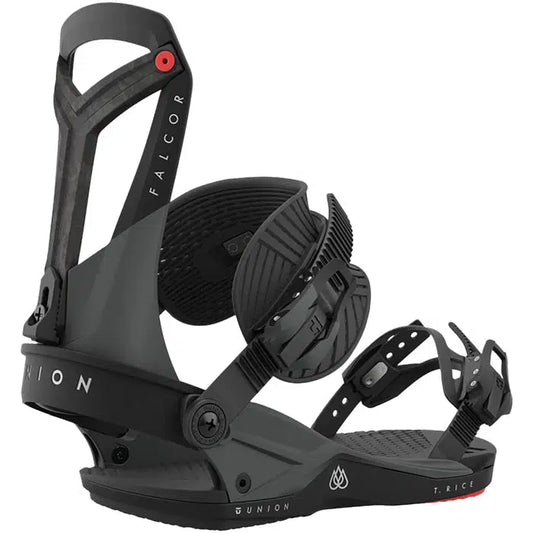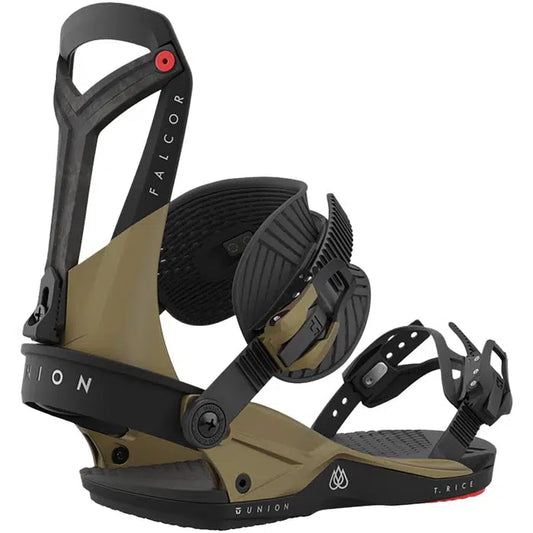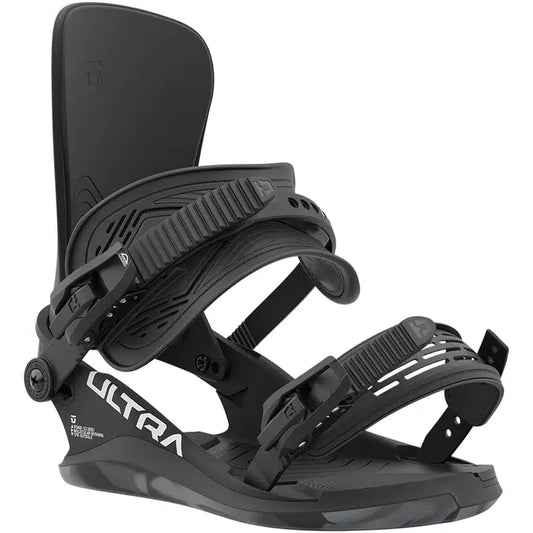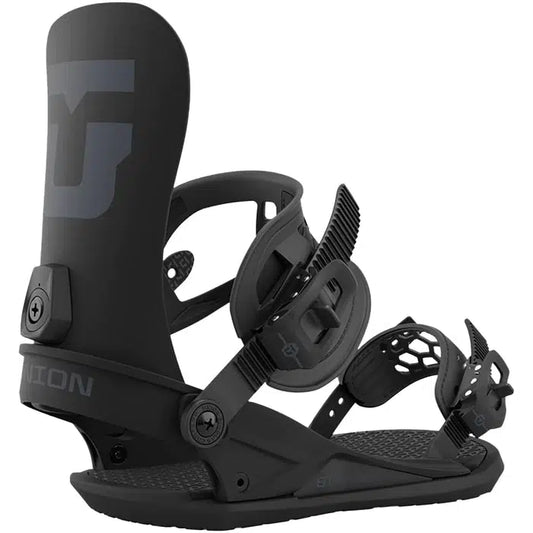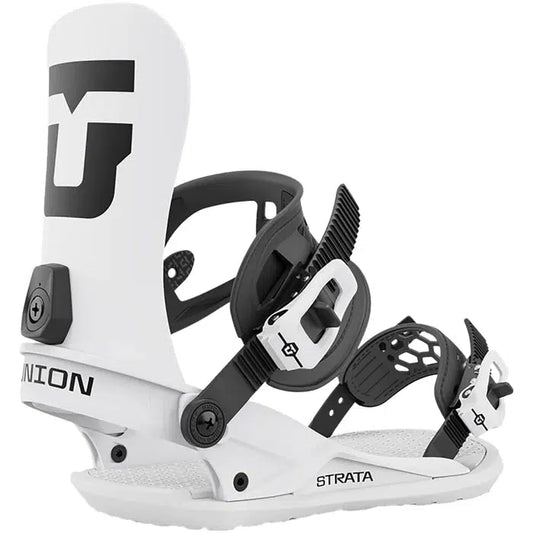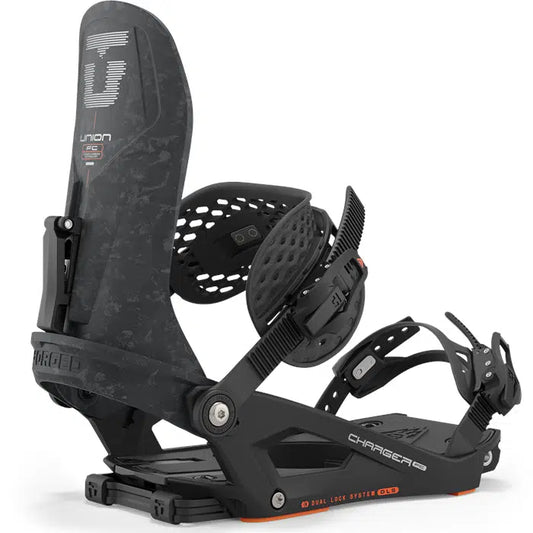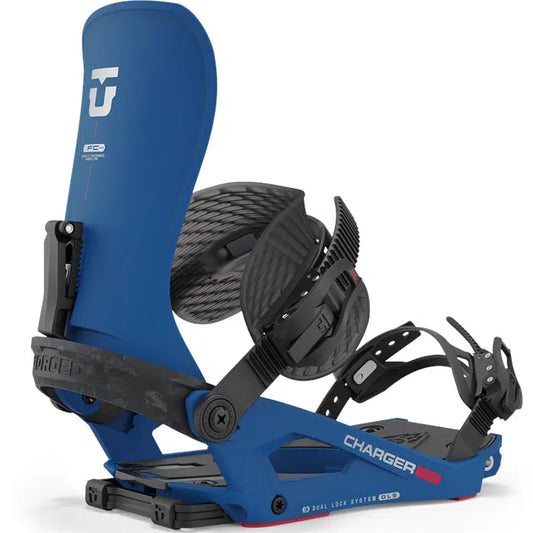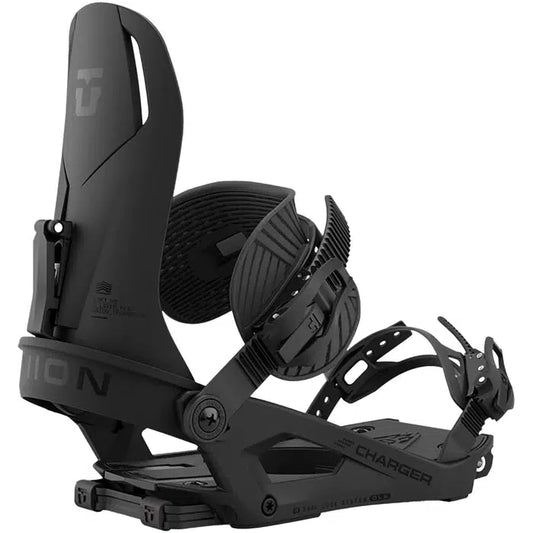Collection: Mens Snowboard Bindings
-
2023 Salomon District Snowboard Bindings
Regular price $399.99 AUDRegular priceUnit price / per -
2023 Salomon District Pro Team Snowboard Bindings
Regular price $439.00 AUDRegular priceUnit price / per -
2023 Union Atlas FC Snowboard Bindings
Regular price $1,049.99 AUDRegular priceUnit price / per -
2023 Union Atlas PRO Snowboard Bindings
Regular price $799.99 AUDRegular priceUnit price / per -
2024 Union Atlas FC Snowboard Bindings
Regular price $1,099.99 AUDRegular priceUnit price / per -
2024 Union Atlas Pro Snowboard Bindings
Regular price $829.99 AUDRegular priceUnit price / per -
2024 Union Atlas Snowboard Bindings
Regular price $649.99 AUDRegular priceUnit price / per -
2024 Union Force Classic (Team Logo) Snowboard Bindings
Regular price $529.99 AUDRegular priceUnit price / per -
2024 Union STR Snowboard Bindings
Regular price $429.99 AUDRegular priceUnit price / per -
2024 Union Falcor Snowboard Bindings
Regular price $729.99 AUDRegular priceUnit price / per -
2024 Union Ultra Mens Snowboard Bindings
Regular price $579.99 AUDRegular priceUnit price / per -
2024 Union Strata Snowboard Bindings
Regular price $529.99 AUDRegular priceUnit price / per -
2024 Union Flite Pro Snowboard Bindings
Regular price $329.99 AUDRegular priceUnit price / per -
2024 Union Charger FC Splitboard Bindings
Regular price $1,249.99 AUDRegular priceUnit price / per -
2024 Union Charger Pro Splitboard Bindings
Regular price $1,099.99 AUDRegular priceUnit price / per -
2024 Union Charger Splitboard Bindings
Regular price $979.99 AUDRegular priceUnit price / per









